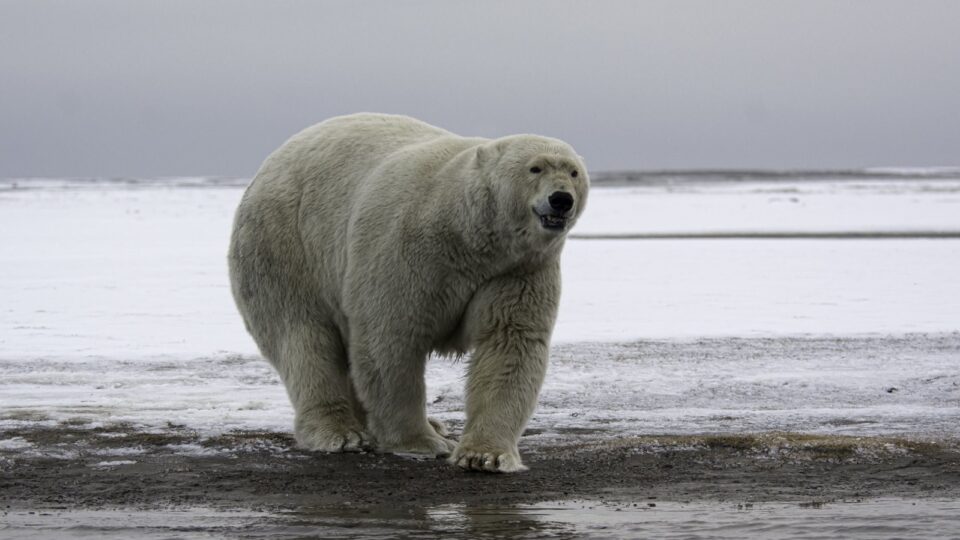Temperature extremes on Earth currently range from a low of -129°F to a high of 134°F. But these climatic limits have changed throughout history. In fact, during the last interglacial period 130,000 years ago, temperatures were warmer, resembling what we are projected to experience at the end of this century.
Species that evolved during such periods may possess pre-adaptations that could help them tolerate upcoming changes to the climate. This factor is often overlooked by traditional statistical models predicting species’ responses to climate change.
But a new model, developed by researchers from Ifremer in France and Lausanne University in Switzerland, has taken this oversight into account, and reassessed the proportion of terrestrial and marine species threatened with extinction by climate change.
In the study, which was recently published in the journal Nature Ecology and Evolution, the research team applied its model to nearly 25,000 terrestrial and marine species from around the world. The researchers discovered that 49% of these species live in climate niches near the current climatic limits, and 86% could potentially extend beyond these limits.
The most surprising result concerns tropical regions. While forecasts from traditional models estimate that the diversity of terrestrial species in tropical areas could decrease by 54% between now and 2041-2060, the new model predicts a more moderate decline of 39%.
The findings confirm the importance of taking urgent measures to mitigate climate change and its impact on biodiversity.
**********
Web Links
Some species may better tolerate climate change than expected
Photo, posted October 23, 2015, courtesy of Anita Ritenour via Flickr.
Earth Wise is a production of WAMC Northeast Public Radio
